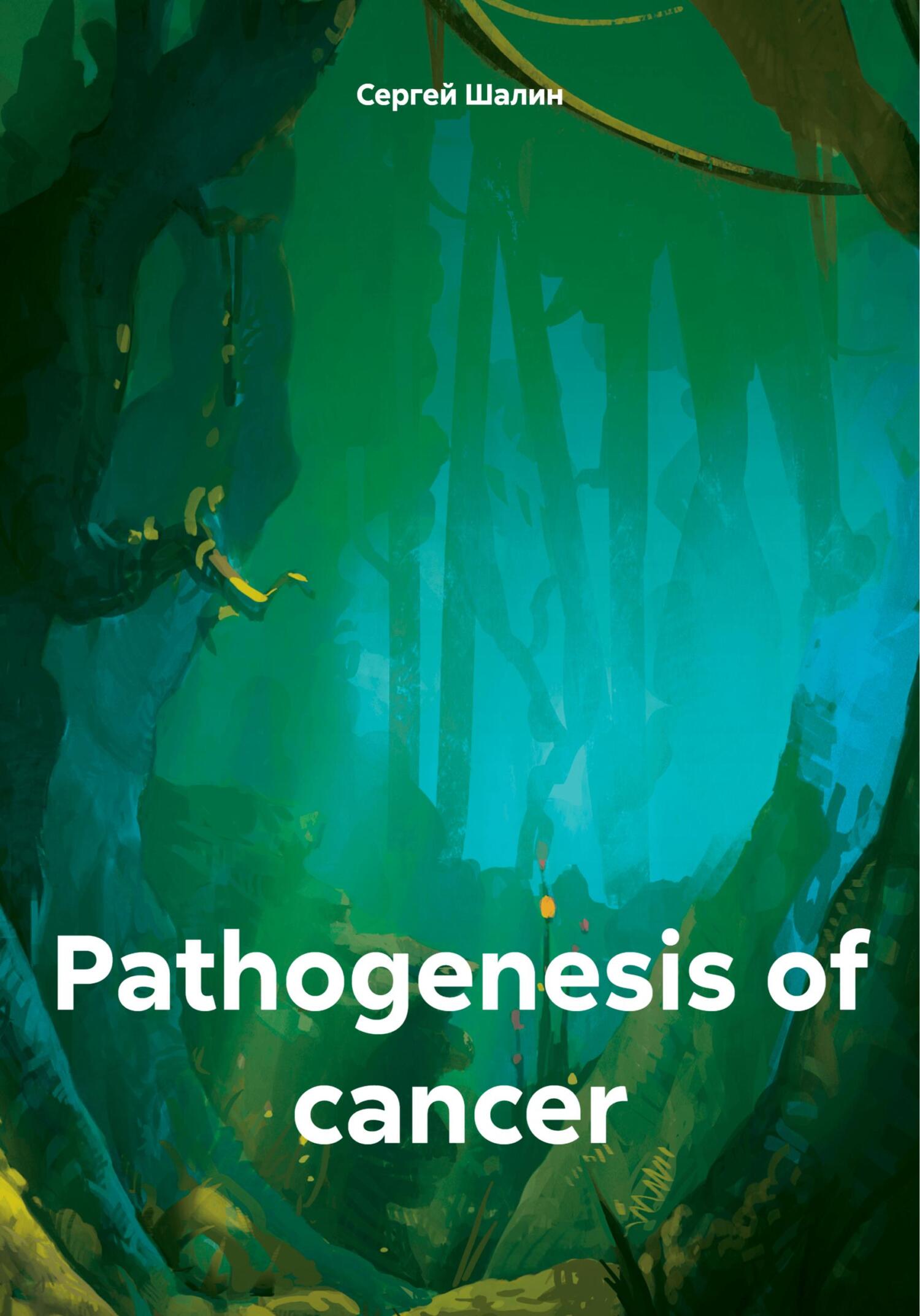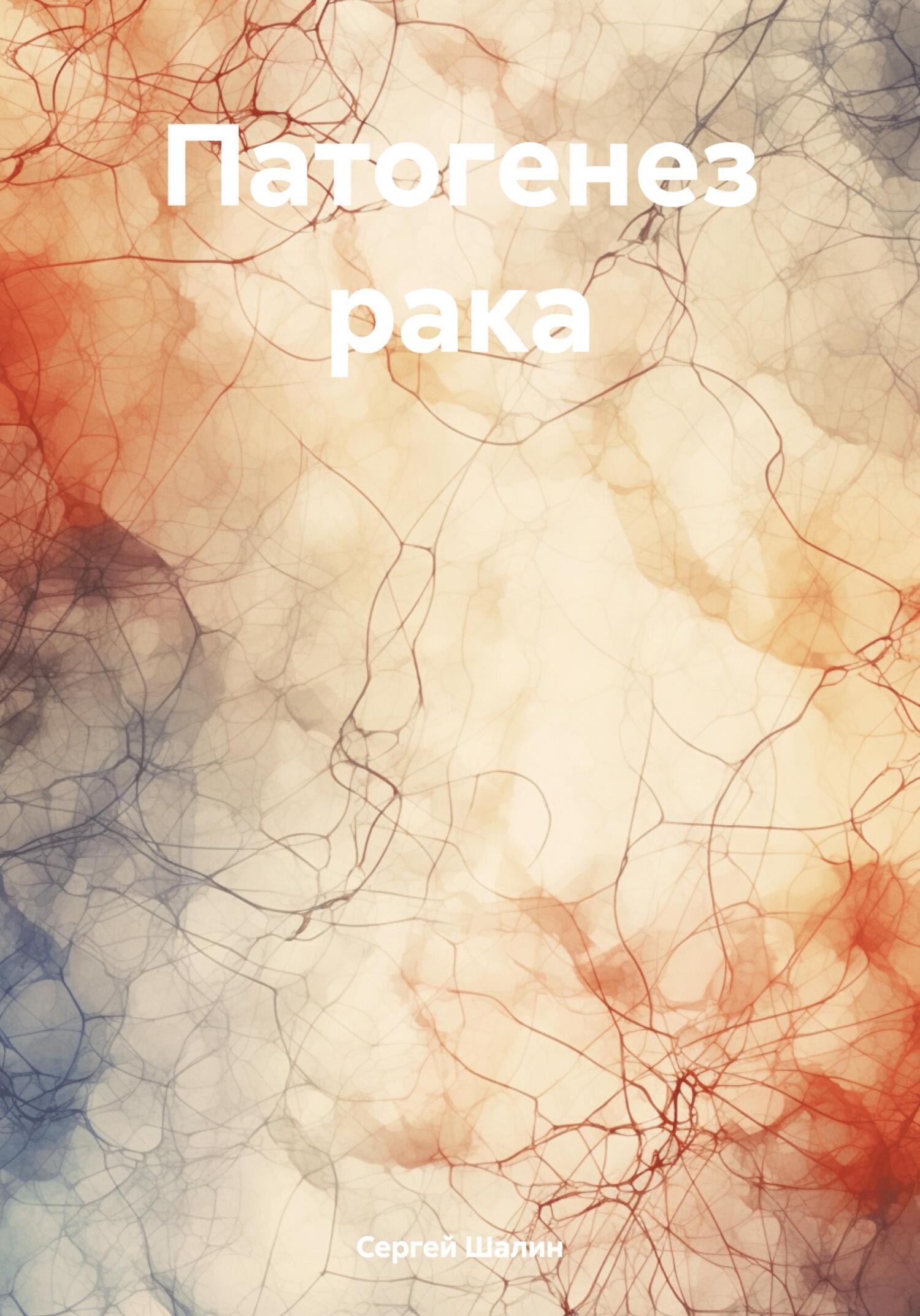genotypic changes in a bone marrow cell occurred at the level of a pluripotent progenitor cell of the ancestor of myelopoiesis with subsequent development into a monocytic lineage (class II), then the tissue monocyte is transformed into a pluripotent malignant stem cell with pronounced phenotypic heterogeneity and the possibility of the appearance of a “chimera” cell. with multiple differentiation.
2. If genotypic changes in the bone marrow cell occurred at the level of the unipotent progenitor cell of the ancestor of Monocytes (class III), then the tissue Monocyte is transformed into a unipotent malignant stem cell with minimal phenotypic heterogeneity. The “nascent” malignant stem cell, due to proliferation, creates a clone of malignant cells, which are the trigger, regulator and activator of the growth and development of the malignant process.
Thus, the following Monocytes and different groups of cells derived from Monocytes are possible in the human body:
1. The main group is normal Monocytes, which arose from the bone marrow cell and continued on their way into the bloodstream, and then entered the tissues and turned into macrophages.
2. The group of future cancer cells are Monocytes that received genotypic changes in their DNA in the germinal zone, penetrated into the blood, and then into an isolated microcavity in the infected tissue, where they were exposed to the environment. They eventually turned into cancer cells. In the future, contacts are possible between former Monocytes that have turned into Macrophages and former Monocytes that have turned into cancer cells. Most likely, these contacts will not be harmful to cancer cells, because They have the same basis and therefore there is no point in “fighting” among themselves.
3. The group with genotypic changes are Monocytes that received genotypic changes in their DNA in the germinal zone, but did not change phenotypically, although they changed some of their properties. Ultimately, in tissues they turned into macrophages and their derivatives.
MONONUCLEAR ONCOGENESIS PROGRAM
According to the modern theory of molecular genetic mechanisms of multistage carcinogenesis, the “birth” of a malignant cell occurs in three stages: initiation, promotion and progression. The program of the emergence, growth and development of mononuclear oncogenesis in the carrier organism consists of many regular, evolutionarily determined and successively changing periods and stages, separated in time, space and local changes in the cell (nucleus, cell membrane, cytoplasm). Detailed information about the molecular genetic mechanisms of oncogenesis is available in the available literature, so let us summarize and analyze its main provisions. To create the theory of “Mononuclear oncogenesis” as a natural mechanism of the emergence, growth and development of a malignant process, we considered it possible to question the existing theory about the origin of the primary malignant stem cell of solid tumors from cambial cells of the integumentary or glandular epithelium. After all, the question of what cellular and/or tissue substrate the malignant stem cells of solid tumors originate from is still debatable, and the range of cells that could lay claim to the role of the precursor cell of the primary malignant stem cell has not yet been precisely determined.
The first period is the formation of a “pre-tumor” bed.
The first stage:
— is the emergence and development of general diseases of the body, both basic and accompanying: nonspecific changes in tissues of an inflammatory, dystrophic and dishormonal nature; benign tumors; developmental defects; age-related changes, etc.
The second stage:
— is the emergence and development of pre-tumor pathological changes in local tissues: specific morphological, biochemical, immunological and other changes in local tissues in the zone of chronic inflammation. A “pretumor” bed is formed in the form of an isolated microcavity. At the same time, chronic inflammation stimulates hematopoiesis — proliferation of bone marrow mononuclear cells.
The second period is the “birth” of the primary malignant stem cell.
The first stage is initiation:
— in the red bone marrow, as a result of stimulation of hematopoiesis and under carcinogenic influence (ionizing radiation, exo- and endocarcinogens, viruses), a characteristic spectrum of disorders occurs at the gene, chromosomal and genomic levels: amplification (increase in the copy number of genes), deletions, insertions, translocations, micromutations (point substitutions, microdeletions, microinsertions), etc., of a pluripotent progenitor cell of the ancestor of myelopoiesis with subsequent development into a Monocyte lineage (Class II) or a unipotent progenitor cell of the ancestor of Monocytes (Class III) according to a recessive trait. An initiated cell appears — a mononuclear cell that has genotypic changes in nuclear DNA, but is phenotypically presented as a normal cell — a monocyte.
Initiation conditions:
— the use of the initiator should be one-time and short-term, and the occurrence of mutations depends on the dose of the initiator — the stronger the effect, the more reliable the result;
— initiation occurs only during cell mitosis, i.e. in the zone of natural intensive proliferation of somatic cells;
— initiation is more likely in the area of chronically increased proliferation, stimulated by external or internal influences;
— initiation is irreversible, i.e. mutations that occur at the level of nuclear DNA cannot be restored to normal;
— taking into account that embryonic features appear in a malignant cell, the proliferating zone must begin from the embryonic period of development of the organism, and also during the period of transformation of a normal proliferating somatic cell into a malignant cell, conditions similar to embryonic ones must be created;
— it is known that malignant cells have different levels of potency: from unipotent to pluripotent, that is, the level of activity of the progenitor cell when it transforms into a primary malignant stem cell must be quite high — unipotent or pluripotent;
— initiation must cease completely before the promoter can take effect, i.e. a change in the state of the cell is necessary: initiation must occur under certain conditions, but further influence (promotion) can be carried out when the cell with an altered genotype is already in other conditions of existence and microenvironment. Thus, a single and short-term carcinogenic effect leads to irreversible genotypic changes in the nuclear DNA of a proliferating somatic cell. However,





